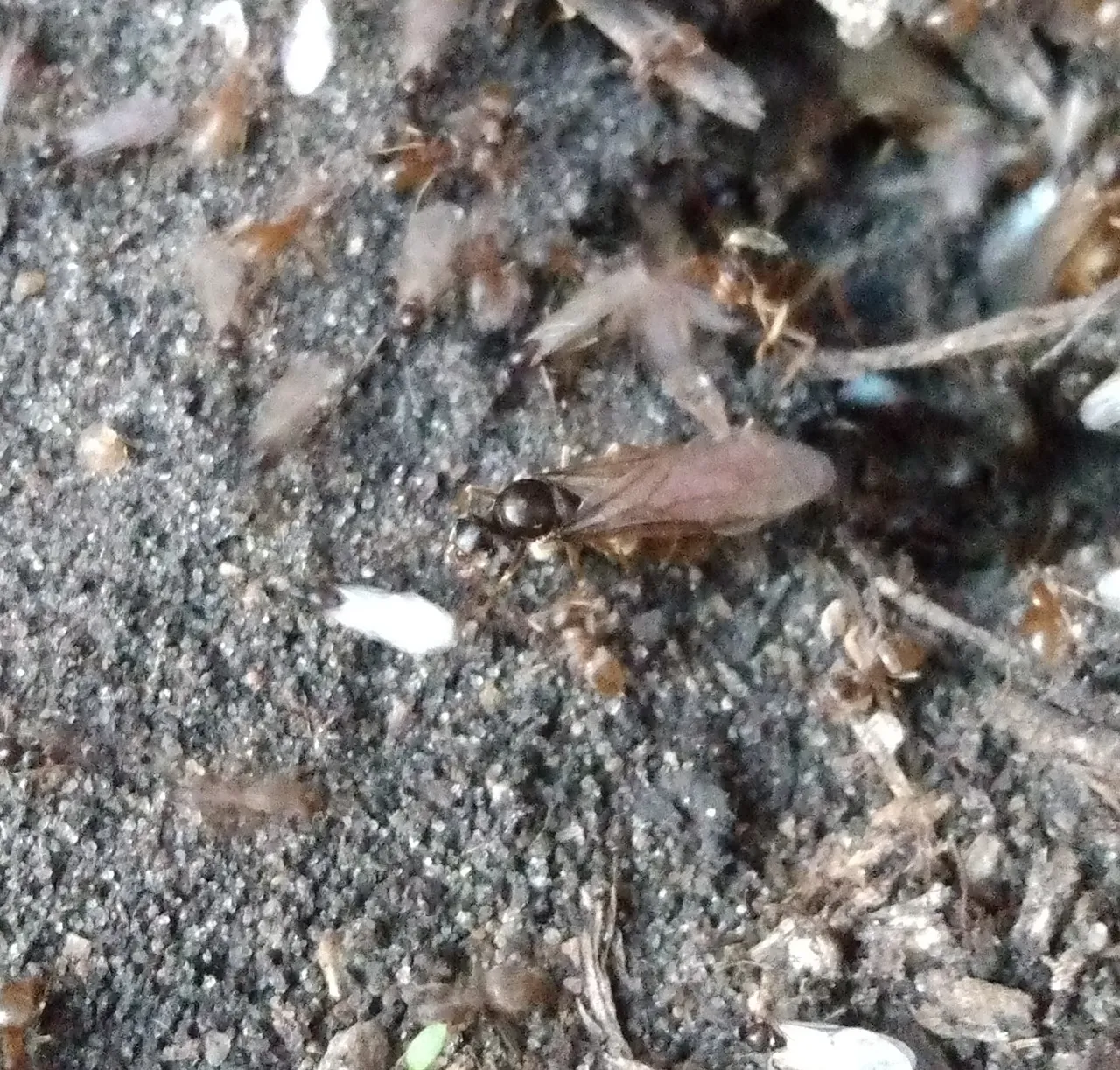
Greetings, nature lovers. Today you're in for a treat! Yesterday was apparently great weather for ants here in North America and it inspired me to take part in the Amazing Nature contest for September. 🎵 Do you remember? 🎵
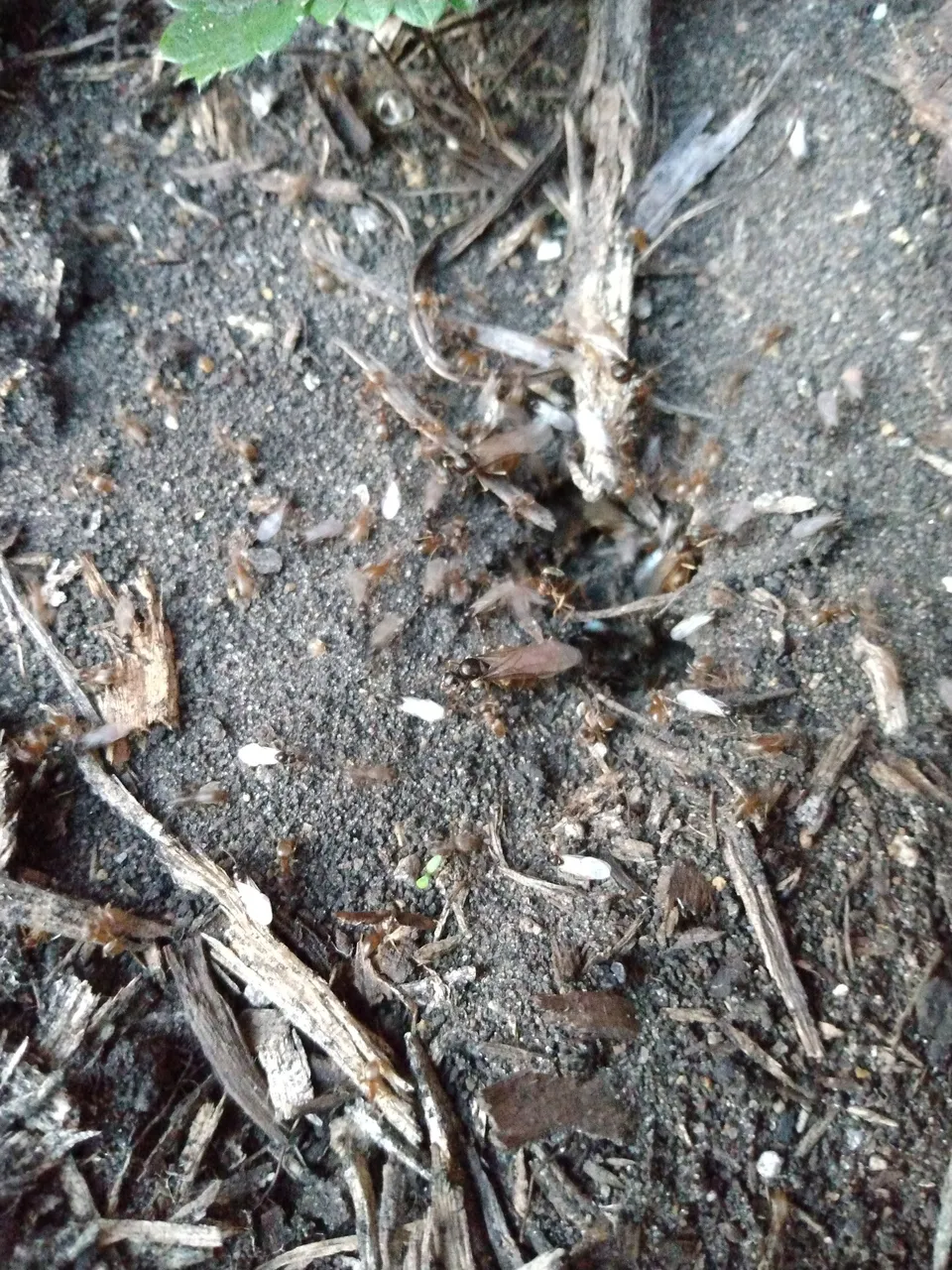
Having just rained recently, this colony of Lasius neoniger ants (or cornfield ants) in my garden are preparing for a nuptial flight. The day after it rained they were swarming near they anthills but now they are pouring out of them and taking off!
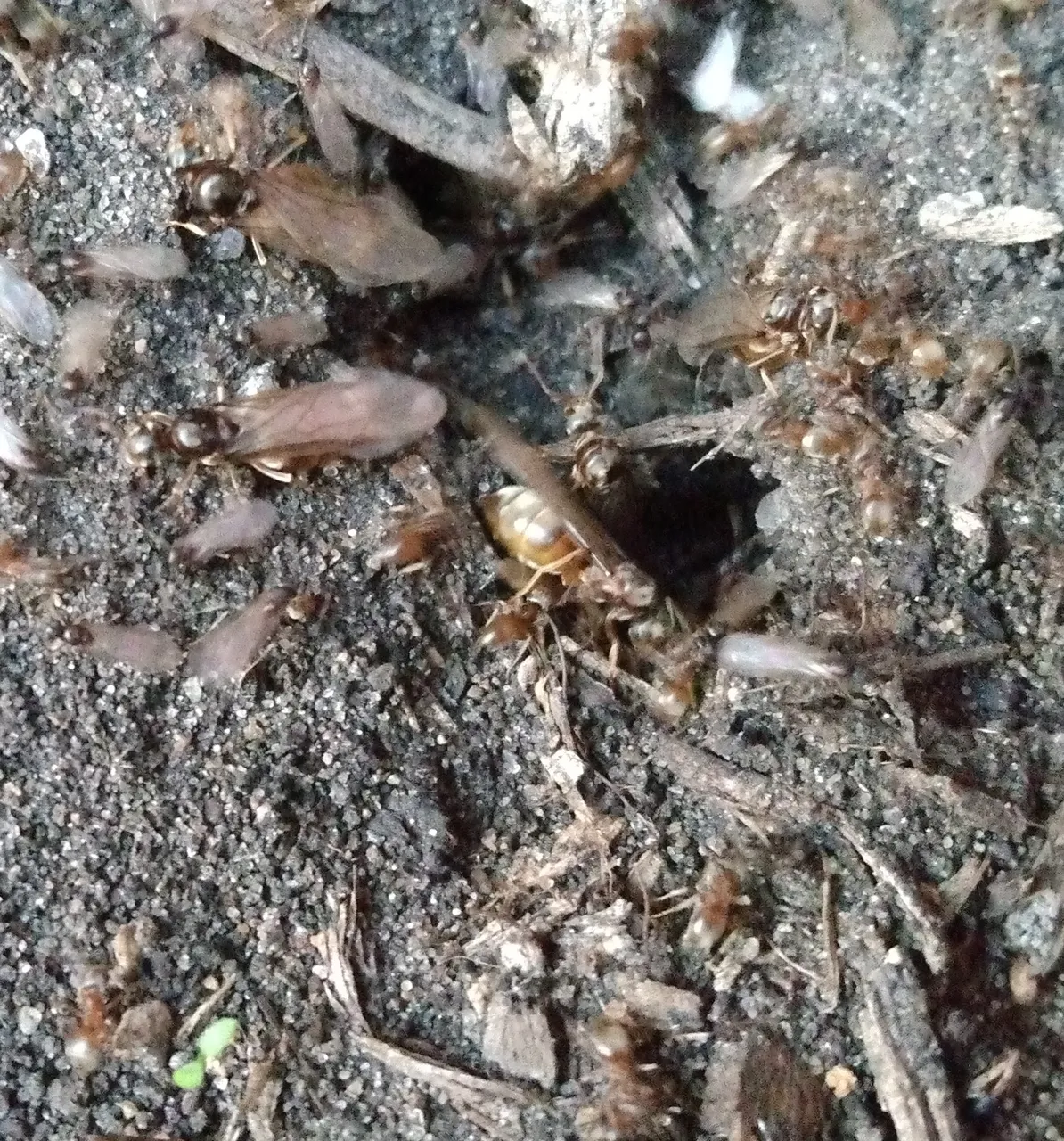
The Amazing Lifecycle of Lasius neoniger
In the pictures, you can see many large ants with wings. These are virgin queens. The smaller winged ants are drones, male ants. Smaller than them and barely visible because of all the scurrying about are the worker ants (female). All these ants are brother and sister. The workers must widen the tunnels so the the larger ants can come out.
If the weather is too the ants' liking, they will take flight. Hundreds, maybe thousands, of ants from this colony alone take to the skies to meet and mingle with ants from other colonies who will also have read the portends. The ant's habit of flying in late summer has also led to it being called the "Labor Day ant".
Many ants get eaten by birds or caught in spider webs. Such are the risks when ascending. A few lucky queens will mate in the air, only to descend once more. Once back on the surface, they push their wings forward with one leg, snapping them off. Where we're going we won't need wings.
While the males are dying off, having done their part, the queen has more work to do. She digs a tunnel straight down with a small chamber at the end. Having plugged the exit off, she will overwinter and usually wait until next spring to start her colony.
The queen has plenty of energy reserves in the form of her now useless wing muscles in her thorax. They will break down slowly. Here is the part I find most amazing. Once the queen's eggs hatch into larvae, small little ant maggots, she feeds them what can be referred to as 'ant milk'. It is essentially her own saliva with nutrients from her atrophying flight muscles. After about 2 weeks, the larvae molt and become pupae. By now they have already taken the form of an ant. (Some species also spin a silk cocoon around themselves.) The first ants born are called nanitics. They are tiny due to malnutrition, so after spending some time in the claustral chamber, curiosity and hunger get the better of them and they break to the surface.
The surface is full of opportunity and danger. Small fruits or seeds could be good sources of food. These ants will also tend to groups of aphids (both on the shoots and roots of plants) in exchange for a sugary liquid called honeydew, which is the aphid's waste product. Now that there is a workforce, the queen can focus on laying more eggs. Workers gather good as needed and as they become more well nourished, future generations come out larger and in greater numbers.
The best food is reserved for special brood. When the colony is big and healthy enough, they will produce even larger ants but with working reproductive systems. These will be future queens and drones. And the cycle completes itself once more.
The ant life cycle is truly amazing because it starts from nothing. A single queen founds an empire of thousands and they all work toward a common goal: the proliferation of their species. That's why ants are my favorite insects. They are noble, determined, and live complex lives. That's why I never kill ants (unless they invade my home).
Ants Everywhere
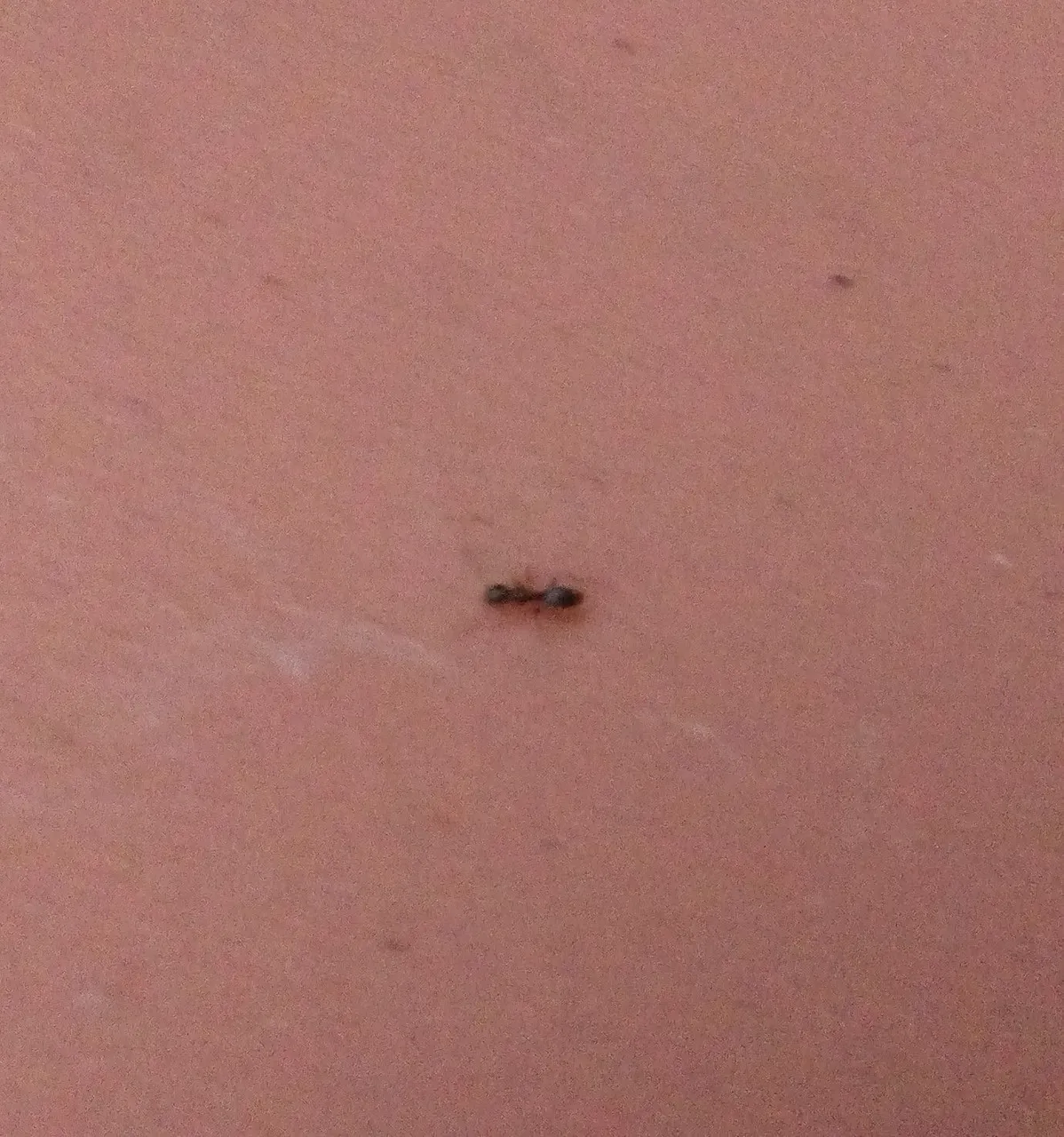
Not only was it a good day for cornfield ants, but for a variety of other ants as well. I found 3 species of ant all foraging in a single spot. Check out this odorous house ant (Tapinoma sessile). This ant has an incredible ability to release a foul odor when threatened. The odor is similar to rotten coconut.
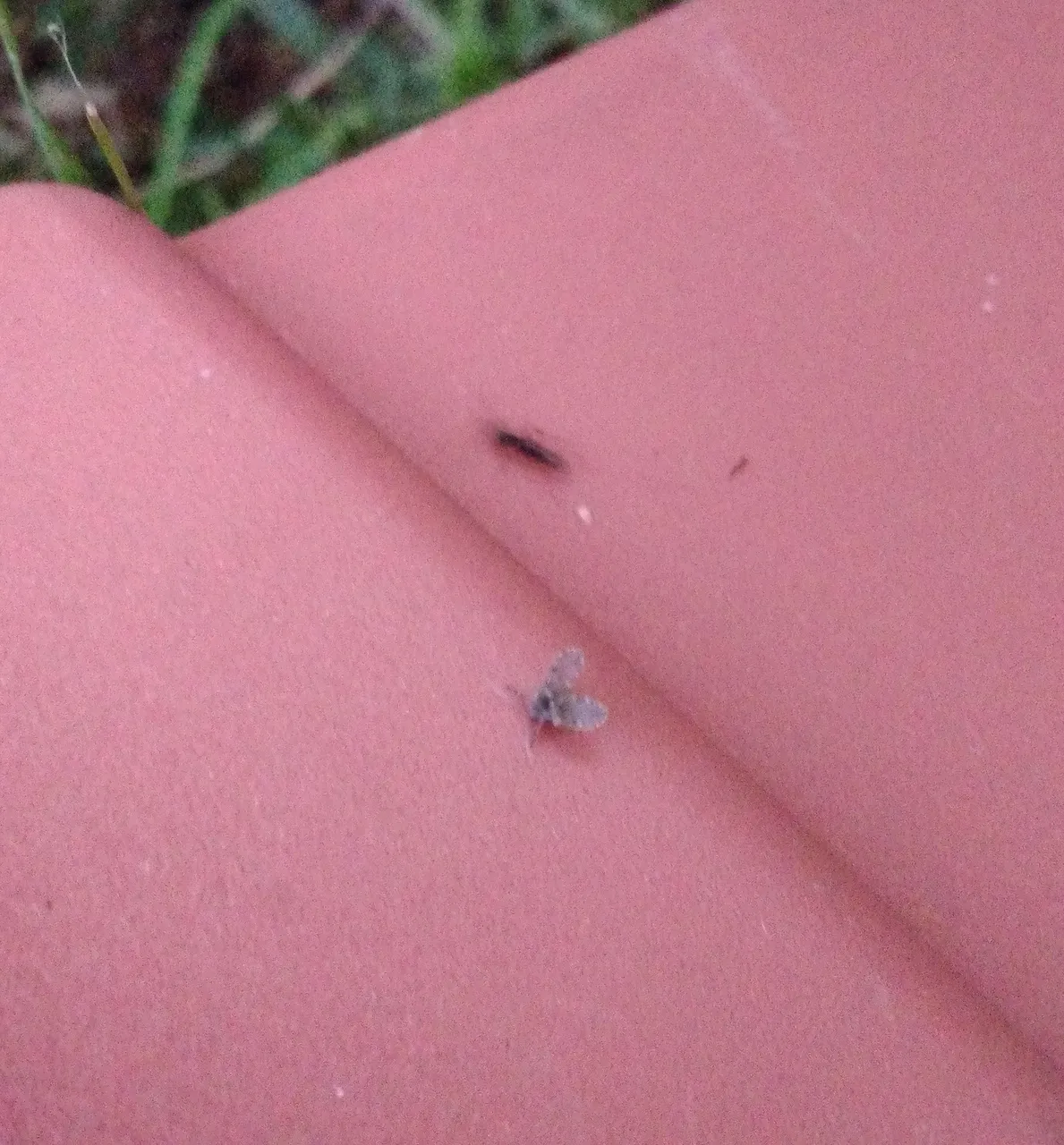
I tried to capture a picture of a carpenter ant (Camponotus) but the macro lens focused on the drain fly instead.
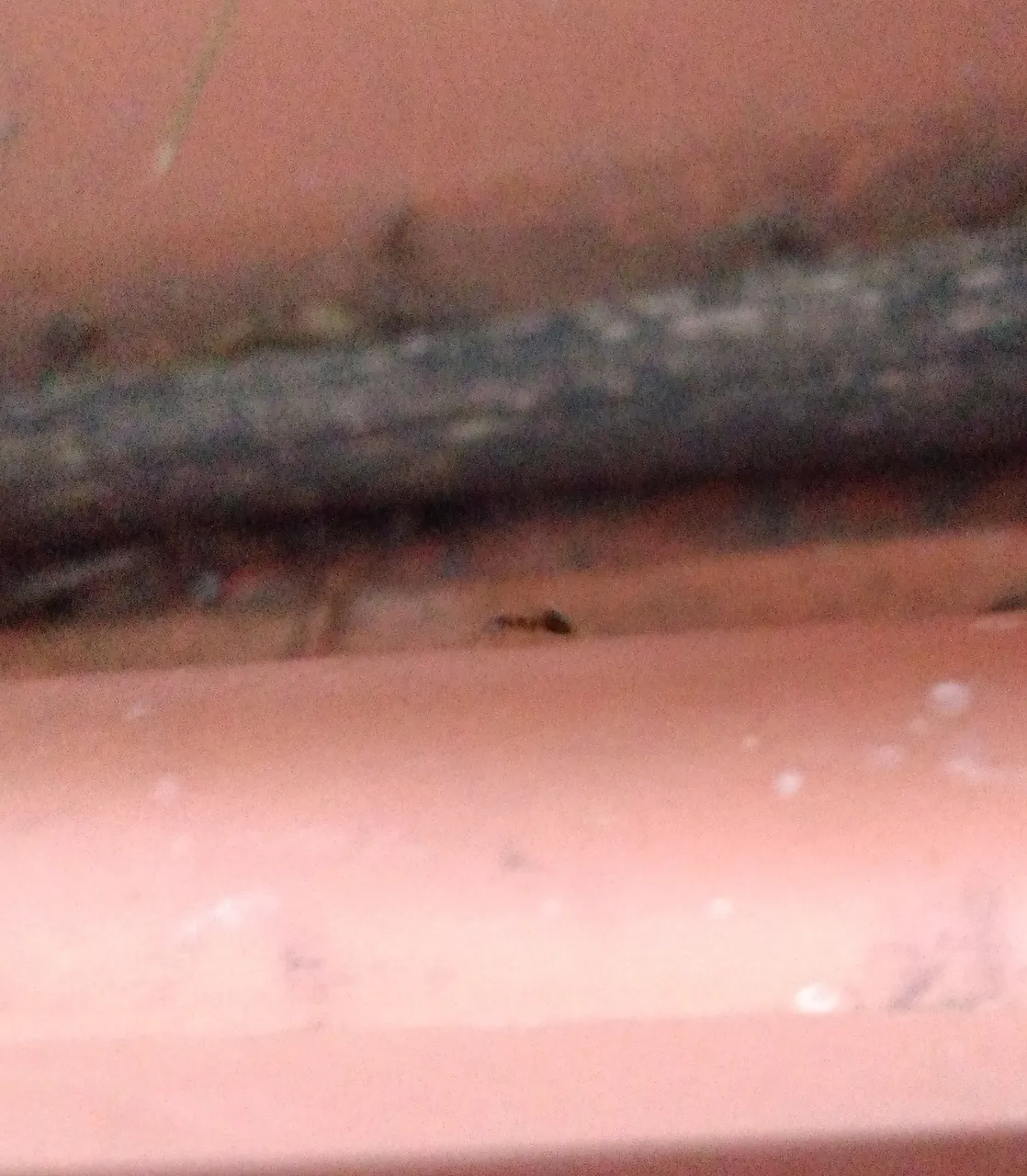
I might need more practice with photographing ants. The one above is a winter ant (Prenolepus imparis). Winter ants are cool because they can withstand much colder temperatures than other insects. They are often the last and first insects to emerge when the weather turns. I have never seen a queen of this species.
Any time I see an ant is an amazing moment. In that moment, I am witnessing a denizen of a largely ignored society that thrives right under our feet! I hope you enjoyed this ant event as much as I did. It is very important for them and in the greater good web as well.
Thanks for visiting!